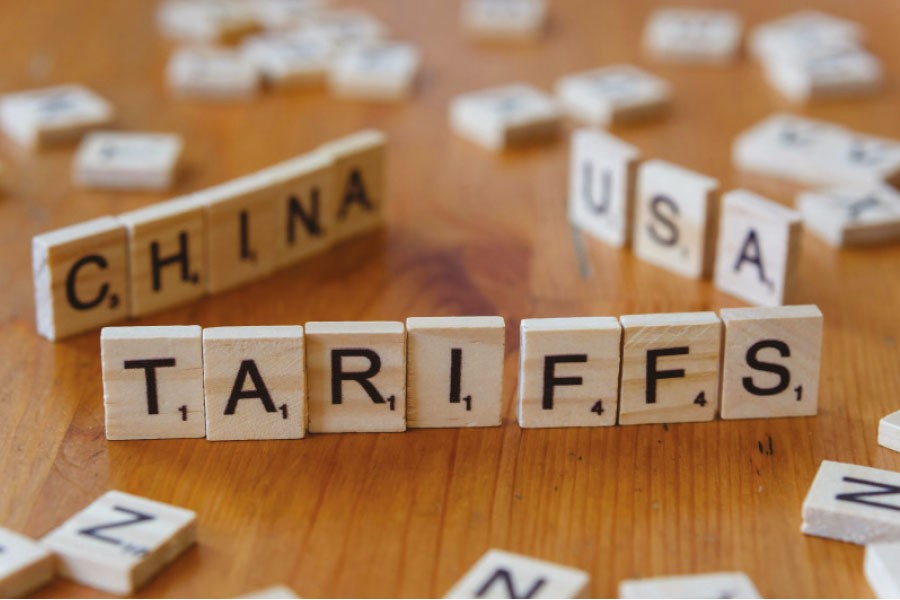THE European ceramic industry acknowledges the European Commission’s commitment to defending European trade interests in light of the recent trade disruptions with the U.S. and welcomes this agreement to the extent it can currently providing a predictable framework for European companies. At the same time, increasing barriers to trade in key markets like the U.S. coupled with unfair practices coming from third countries, highlight the urgent need to adopt measures to support European producers’ competitiveness, says ASCER.
As a European trade-champion, contributing positively to the EU trade balance at the level of €5.1b per year, and with EU ceramics exports to the US representing 14% of €11.8b of total EU exports in ceramics, the European ceramic industry closely monitored exchanges between the U.S. Administration and the European Commission. In this context, Cerame-Unie deplores the deterioration of market access conditions in the U.S. but welcomes the de-escalation of tensions and a provisional agreement hoping it will pave the way for a better and stronger transatlantic trade partnership, says ACSER.
In terms of duties, the current agreement is said to entail a total levied value of €279.9m per year for the ceramic industry, with an estimated annual increase of €101m compared to the current situation. Had the EU-US agreement resulted in so-called reciprocal tariffs being added to MFN duty rates, as is the case for all other US partners, the total levied value of US tariffs on EU ceramic exports would have increased even further, says the company. It adds: ‘Under the current agreement, most ceramic tableware and ornamental ware products remain subject to MFN duty rates, which still go up to 28% for many products in HS 6911 and 6912 subchapters, says ASCER. However, the increase of duty rates affects all other ceramic sectors, notably ceramic tiles (+5 to +6.5%) and refractories (+15%).’
‘Such variation will have detrimental consequences on the competitiveness of our industry, especially for the sector of ceramic tiles which is exporting more than €1.13b of tiles per year to the U.S.’
With a domestic production significantly below the annual internal consumption of around 251 million sq m, the American construction sector has historically developed close links with European ceramic tile producers, notably in Italy and Spain.
In view of the sector’s role as a strategic European net-exporter and its importance for the EU and U.S. economies and value chains, Cerame-Unie calls for the inclusion of ceramic tiles (HS 6907) in the list of products for which only the MFN tariff would apply, says ASCER.
The European ceramic industry nevertheless welcomes the Commission’s efforts to secure a political agreement and to further negotiate its secure and enforceable finalisation. Monitoring of trade flows remain also essential to promptly spot any trade diversion owing to the widespread increase in duty rates that every U.S. trading partner is experiencing.
European producers are concerned by the increasing number of barriers to trade in key export markets, which comes in addition to the unfair competition with producers located in China and India subject to low environmental and social standards, says the company. More than an agreement, the ceramic industry needs urgent measures to safeguard its competitiveness through a regulatory relief and a reduction of non-reciprocal costs.
Cerame-Unie and European ceramic producers are said to reiterate their support to the Commission’s efforts in promoting fair and sustainable trade, compliant with WTO rules, and stand ready to provide any additional information needed.
www.portal.ascer.es/en/
Trade Agreement between the United States of America and the European Union, addressing reciprocal tariffs
Please click to view more articles about
Latest News









